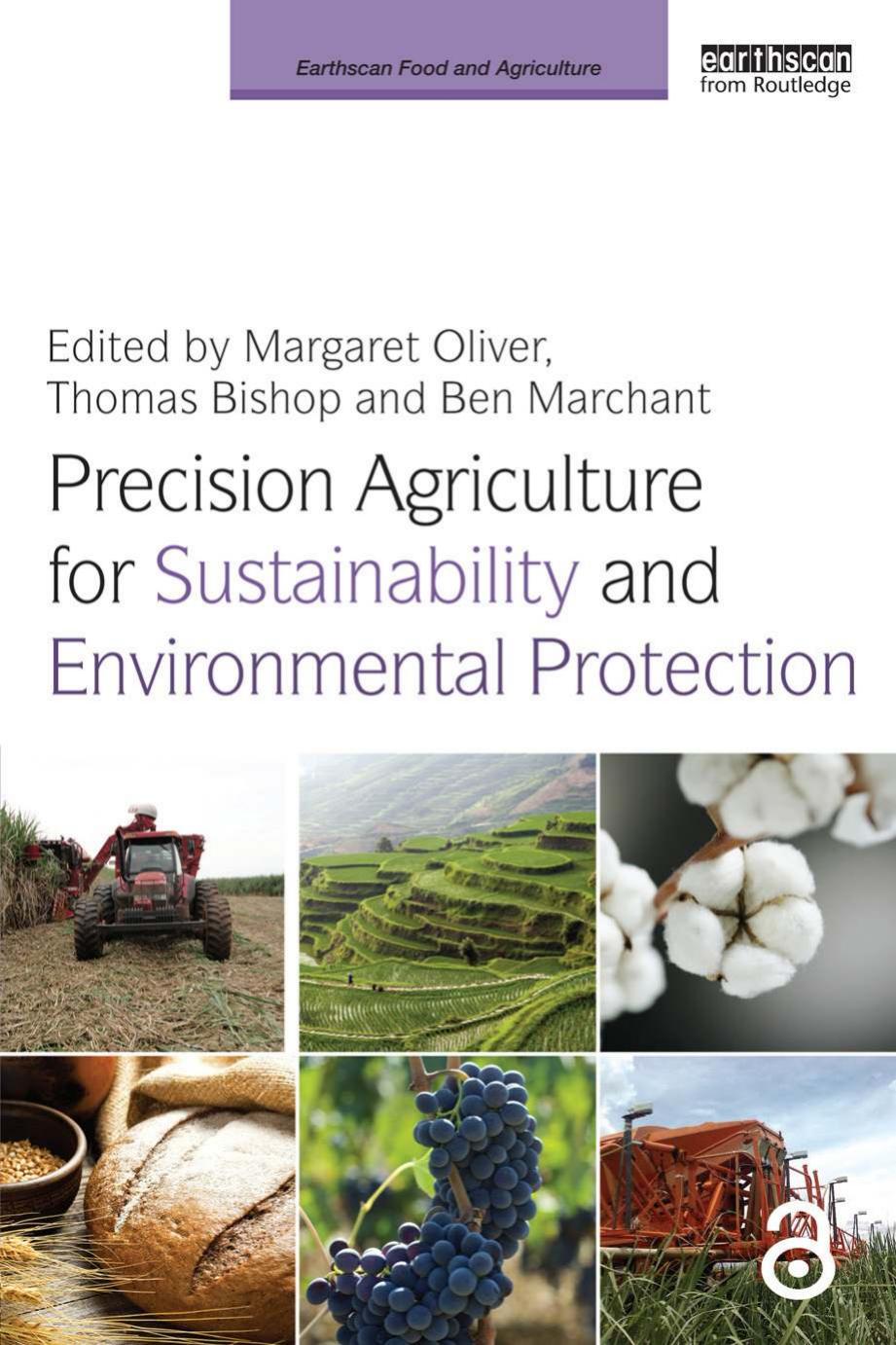
Precision Agriculture for Sustainability and Environmental Protection PDF
283 Pages·2013·7.1196 MB·other
Most books are stored in the elastic cloud where traffic is expensive. For this reason, we have a limit on daily download.
Preview Precision Agriculture for Sustainability and Environmental Protection
Description:
Precision agriculture (PA) involves the application of technologies and agronomic principles to manage spatial and temporal variation associated with all aspects of agricultural production in order to improve crop performance and environmental quality. The focus of this book is to introduce a non-specialist audience to the the role of PA in food security, environmental protection, and sustainable use of natural resources, as well as its economic benefits. The technologies covered include yield monitors and remote sensing, and the key agronomic principles addressed are the optimal delivery of fertilizers, water and pesticides to crops only when and where these are required. As a result, it is shown that both food production and resource efficiency can be maximized, without waste or damage to the environment, such as can occur from excessive fertilizer or pesticide applications. The authors of necessity describe some technicalities about PA, but the overall aim is to introduce readers who are unfamiliar with PA to this very broad subject and to demonstrate the potential impact of PA on the environment and economy. The book shows how farmers can place sustainability of the environment at the centre of their operations and that this is improved with the application of PA. The range of topics described includes sampling and mapping, weed and pest control, proximal and remote sensing, spatio-temporal analysis for improving management, management zones and water management. These are illustrated with case studies on sampling and mapping, biofuels from sugar cane and maize, paddy rice cultivation, and cotton production.
See more
The list of books you might like
Most books are stored in the elastic cloud where traffic is expensive. For this reason, we have a limit on daily download.
